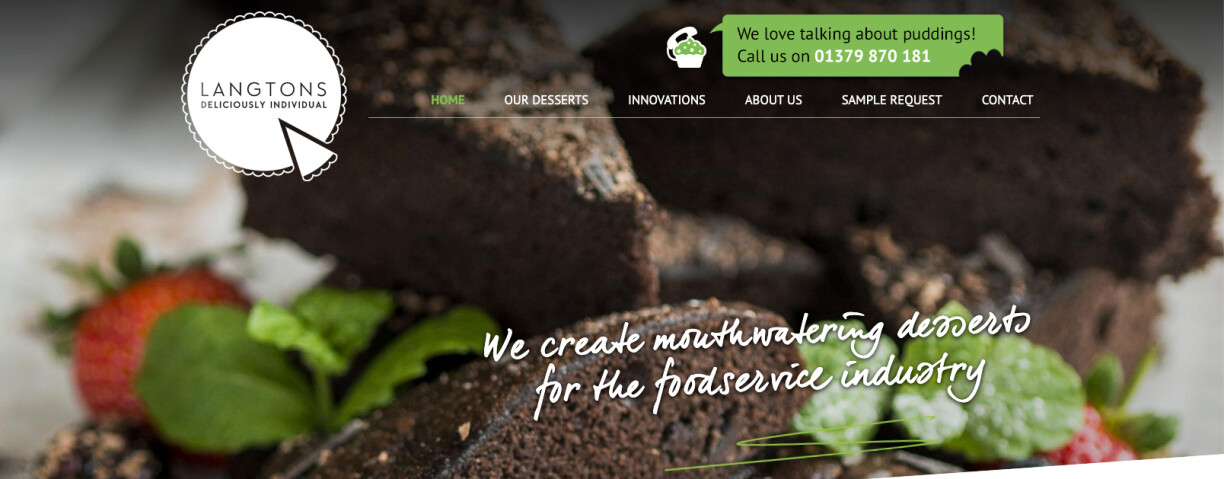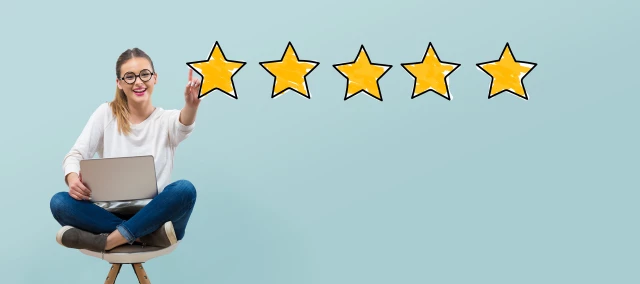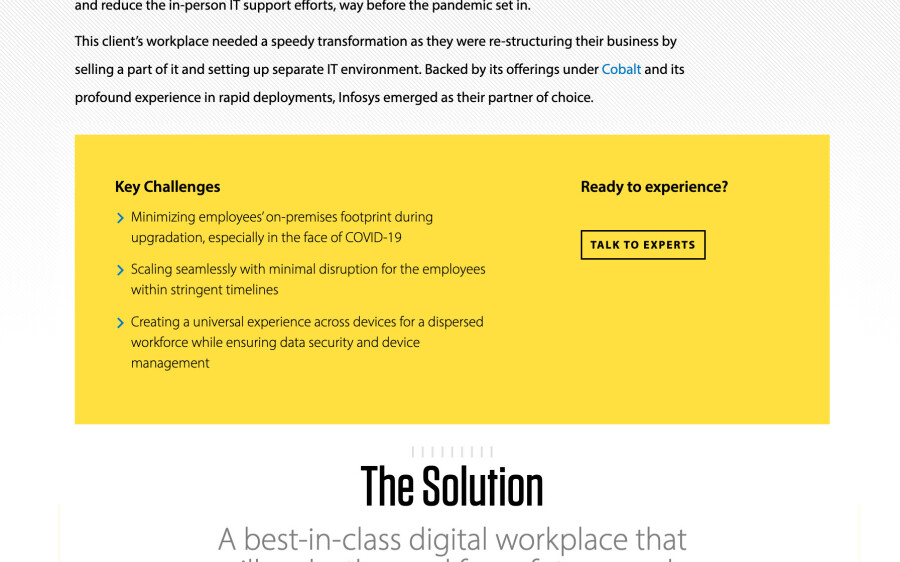
B2B Websites that appeal to the whole funnel are more successful
Full-funnel marketing is a well-known concept. It revolves around a potential customer’s entire purchasing journey when buying a product or service.
A B2B marketing funnel typically has three main stages: awareness, consideration and decision.
There is also a fourth stage, loyalty, once the customer has made a purchase and is satisfied. At each step in this process, the lead becomes more qualified and interested in purchasing something. So, having a B2B website that handholds the customer through each stage of the funnel is more likely to convert visitors into loyal customers.
The awareness stage
At the awareness stage, a potential customer is just starting to learn about your product or service. They won’t have much or any previous knowledge at this stage and may not be ready to buy yet; but they are researching the product or service in order to determine if it's something that would help them achieve their goals.
In this stage, your website should provide extensive information on what exactly you offer as well as how it works and why people should use it (or hire you). You need to show how your product will benefit them. Many B2B companies show product features on their website but not real customer benefits.
Richard Western’s home page on their website clearly communicates their product value – quality and reliability.

The consideration stage
This is the point where you need to be ready to answer all of your customer's questions, they will now have a better understanding of their needs and are evaluating different options. Your B2B website should provide them with detailed information about your product or service, as well as comparing it to similar offerings from competitors. At this stage, potential customers are still doing research and aren't ready to make a purchase yet--so don't expect them to buy anything immediately!
There are several things that you can do here:
- Provide case studies of how other businesses have benefited from using your products/services.
- Tell potential customers why they should choose you over another company offering similar services or products (including price comparisons).
- Share testimonials from previous clients who have been happy with their experience working with you (this will help build trust).
Here is a great example of a case study from Infosys.
The decision stage
The decision stage is the final step in the main buying funnel. It's where you make a sale and convert visitors into customers. Potential customers at this point would have narrowed down their options and are ready to make a purchase. But they may need help with requesting a quote or the ordering process, such as pricing, shipping, and payment options. At this stage your website needs clear calls to action telling the customer how to buy from you, such as “Call us to order”.
Frozen dessert manufacturers, Langtons, have a clear ‘call us’ call to action at the top of every page. It stands out and matches their sense of fun branding.

If your goal involves a customer making a purchase through your website, then ensure you have a clear and easy-to-use ordering system that minimises the risk of errors or confusion. Alternatively, if your goal is for a customer to make contact with you, then make it clear that you have a customer service team that is available to answer any questions and help if needed.
B2B websites that appeal to the whole funnel are more successful than those that don't. These websites provide educational content at the awareness stage, detailed product information and social proof at the consideration stage, and clear and easy-to-use ordering and contact systems at the decision stage. By meeting the needs of buyers at each stage of the funnel, B2B websites can convert more visitors into customers and achieve long-term success.
Building loyalty
In addition to the three main stages of the marketing funnel there is a fourth stage: loyalty. At this stage, the buyer has already made a purchase and is satisfied. Leverage your satisfied customers and use your B2B website to build brand loyalty by providing ongoing support, valuable content, and personalised experiences.

Building loyalty is essential for long-term success in B2B marketing and having a website that prioritises this stage of the funnel is more likely to retain customers and grow your business over time. By continuing to engage and support your customers, you can create a loyal fan base that will recommend your products or services to others and help drive further growth.
If you have any questions, you can ask us anything about B2B website optimisation, or anything else digital.
This article was updated on .
Get the latest B2B website news straight to your inbox



